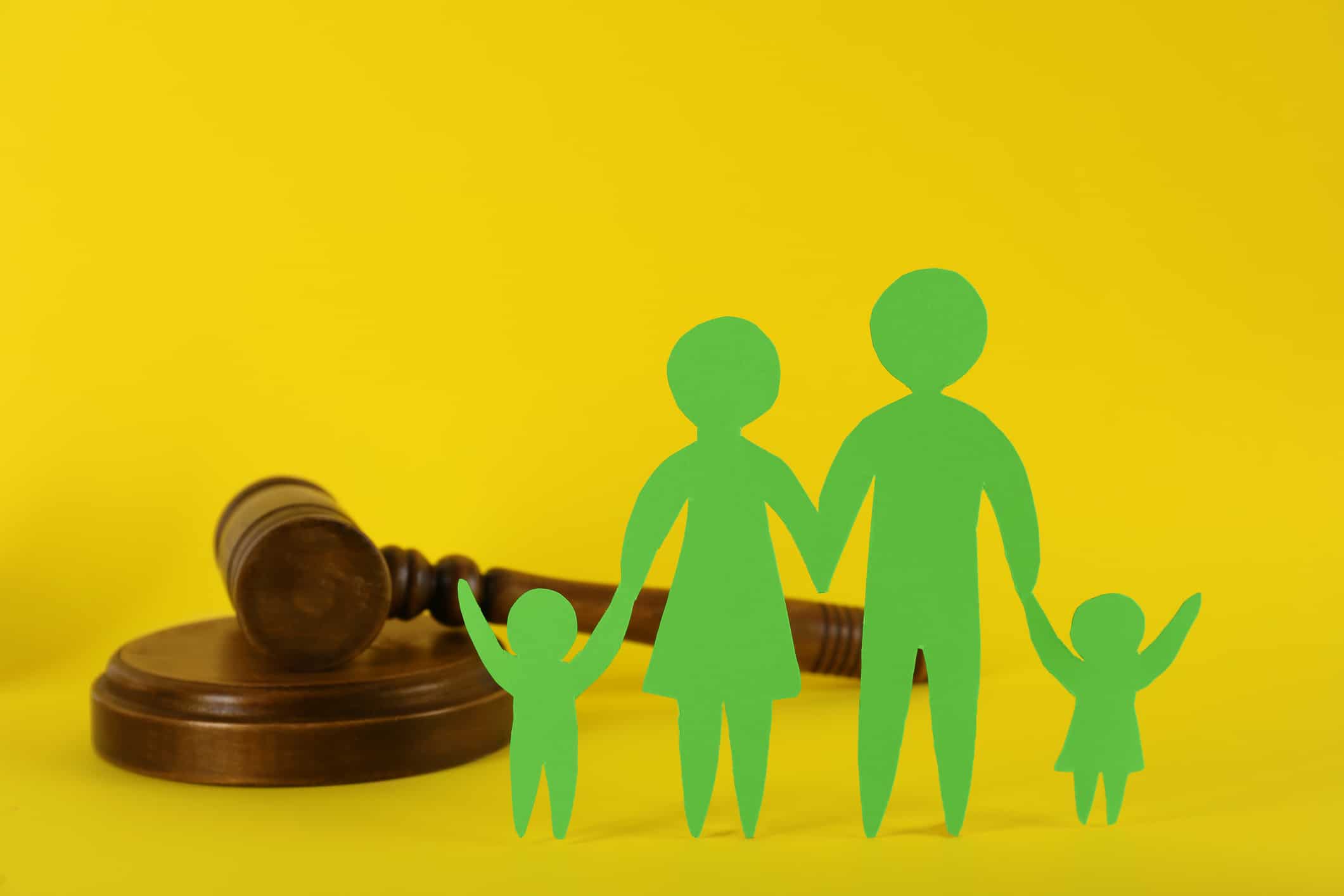What Are the Different Types of Child Custody in California?
Many people think “child custody” means where and with which parent the child lives. It may come as a surprise to learn there are actually two types of child custody, and each type has multiple subcategories. Before beginning the process of working on child custody in a divorce, it’s vital to understand what the kinds of custody are and how they affect the parents.
Physical Custody
Physical custody, also known as parenting time, is the type of custody that involves where the child lives.
- Joint physical custody. In this arrangement, the child lives with each parent for part of the time. That might mean the child travels back and forth between the parents’ homes, or the child stays in one place, and the parents move in and out. This is the type of custody most favored by California courts, which prefer, when possible, to ensure that each parent is involved in the child’s life.
- Sole physical custody. This is the type of custody where one parent is the full-time custodial parent. The other parent may have visitation rights, but the child doesn’t live with them.
Legal Custody
This is the type of custody fewer people know about. It has nothing to do with where the child lives. Instead, it focuses on the critical decisions that go into raising a child, including topics like how the child will be educated, religious upbringing (if applicable), medical care, vacations and travel, and extracurricular activities and summer camps, among others. This doesn’t pertain to the more minor, daily decisions that must be made, such as whether a child can have a friend over to play or what they’ll have for lunch. Whoever is the custodial parent at that moment can make those small decisions without consulting the other parent.
- Joint legal custody. In this scenario, both parents have decision-making authority and must jointly decide the answers to the more significant questions noted above.
- Sole legal custody. Only one parent has the right to make the legal decisions in this situation. If the parents appear unable to agree on these decisions, the courts may step in and decide which parent should have sole legal custody based on what the courts consider to be the child’s best interests. That doesn’t mean the parent without legal custody doesn’t get to see the child, but they may not have the right to make decisions around education or medical care, etc.
What Factors Do the Courts Consider for Child Custody?
The courts will examine various factors when determining how each type of custody is awarded.
- The child’s age, health, and sometimes preference, especially if the child is 14 or older.
- Whether each parent can care for the child financially (housing, food, clothing, etc.) and emotionally (love and support).
- The relationship each parent has with the child. The courts will also look at whether one or the other parent has a history of domestic violence or child abuse. Substance abuse by one parent will also be a factor.
- The community the child belongs to, meaning how connected they are locally to friends and family and to their school.
Do the Courts Have the Only Say in Determining Either Type of Child Custody?
Not at all. It’s not uncommon for parents to work collaboratively to come up with a proposed parenting plan that spells out how they agree both types of custody should be awarded. The courts always look first and foremost at what’s in the child’s best interests, and if the parenting plan demonstrates that that’s what the parents looked at too, there’s a good chance the courts will agree.
It’s also not the case that if the parents don’t entirely agree immediately, they have no option but to leave it up to the courts. Another option is to work with a mediator to come up with a solution. A mediator is an impartial third party who doesn’t make decisions themself but helps couples work through negotiation and compromise to hopefully arrive at a solution both parents are happy with. This is often less costly and time-consuming than going through a court battle.
What Is a Parenting Plan?
A parenting plan is a document parents draw up that details what they see as the best options for physical and legal custody. Every family is unique, so there isn’t a one-size-fits-all plan. Here are a few points that could be covered. Understand that parenting plans can be modified as children grow older. Because these plans can be legally complex, it’s highly recommended that parents work with experienced family law attorneys to write them.
- Physical custody and visitation schedules, including holidays, vacations, and birthdays. This should include details for transportation between each parent’s home and visitation for other family members, such as grandparents.
- Healthcare details
- Religious upbringing, if applicable
- Disciplinary methods
- Other decisions requiring both parents’ input
Expectations regarding screen time, cell phone use, homework, and school performance
What Should I Do if I Need Help with Child Custody in a Divorce?
Call Tomassian, Pimentel & Shapazian as soon as possible at 559-277-7300 to set up a consultation. Divorce is one of life’s most stressful events, and determining child custody can increase that stress. Our team of experienced, knowledgeable family law attorneys understands how difficult this time is for you, and we’re here to guide you through the process toward the best outcomes possible.




